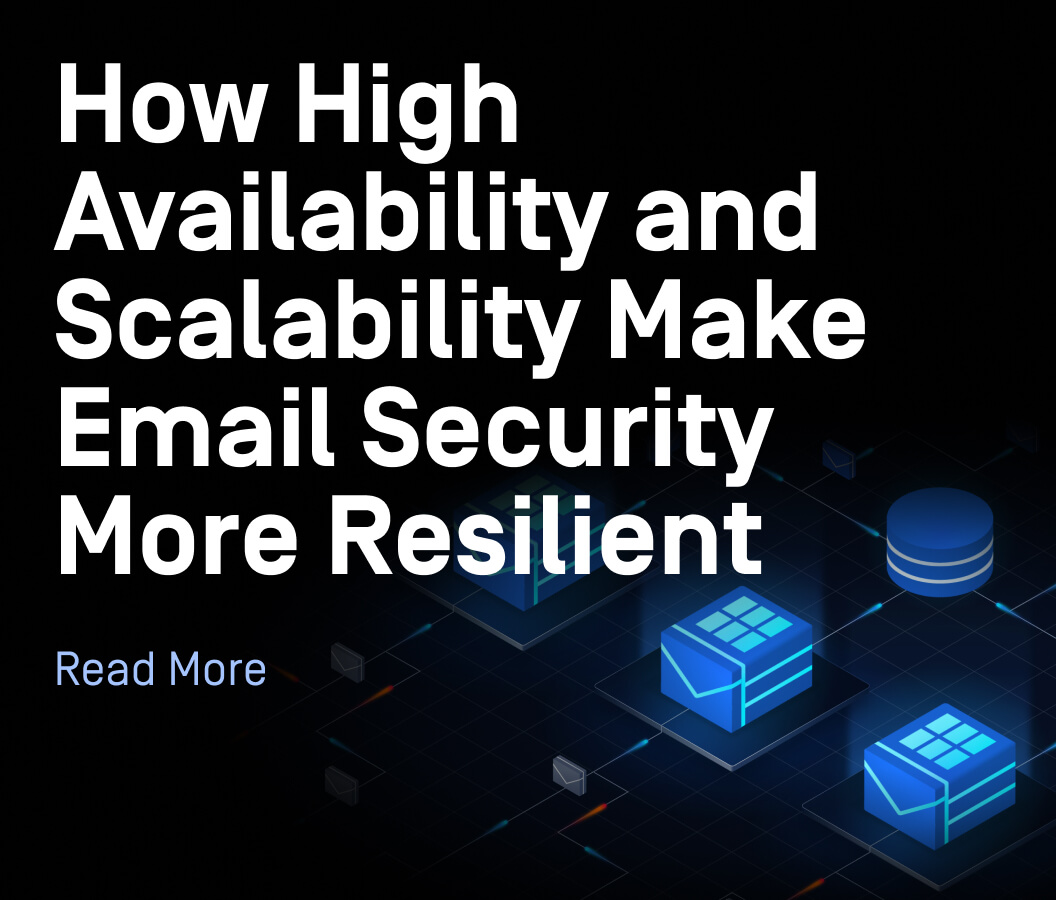Recent reports showing a 360% surge in phishing attacks targeting state and local governments are prompting a strategic shift towards a multi-layered approach to cybersecurity. With many facets to consider on the way to a more mature security posture. Let's examine the necessity of advanced email security technologies and strategies to protect government critical infrastructure from sophisticated cyberthreats.
Consequences of Phishing Attacks on Government Entities
Successful phishing attacks can lead to devastating consequences, as evidenced by the City of Wichita breach. The LockBit ransomware gang claimed responsibility for this incident, resulting in significant disruptions and data compromise.
Similarly, the 2022 Costa Rican ransomware attack forced the government to declare a state of emergency due to extensive disruptions across multiple ministries, highlighting the severe impact of such cyberthreats on government operations.
Vulnerabilities of Public Organizations to Cyberthreats
Public organizations managing critical infrastructure face unique challenges that make them attractive targets for cyberattacks:
High-Value Functions: Agencies managing essential services like water, power, and transportation, whose disruption could have widespread repercussions.
For example, the City of Oregon faced a ransomware attack in May 2023 which, initiated by phishing, encrypted county data and disrupted government operations.
Sensitive Data Holdings: Vast amounts of confidential data make entities that store, transfer, and process PII (personal identifiable information) prime targets for data theft and espionage.
A notable case occurred when the U.S. Marshals Service suffered a ransomware attack that began with a phishing email, compromising sensitive law enforcement data.
Resource & Budget Constraints: These budgetary decisions often result in outdated or insufficient cybersecurity defenses.
Complex & Interconnected Networks: The more variables and complexities that are introduced into organizational networks can multiply security vulnerabilities.
Regulatory & Compliance Risks: Non-compliance due to lack of auditability, visibility or security performance can lead to breaches and costly penalties.
Political & Public Trust Implications: Cyberattacks can erode public trust and cause significant political and reputational damage.
Interconnectivity Risks: A breach in one area can lead to cascading effects across other critical sectors and networks as cyber attacks often target email systems to then move laterally within networks.
Implementing Advanced Email Security Technologies
To address these vulnerabilities, the integration of advanced email security technologies is essential:

Multiscanning
This technology addresses the cyber risks of complex and interconnected networks by utilizing a combination of several antivirus engines simultaneously.
This enhances the detection rates by up to 100% compared to single-engine solutions. It reduces the window of exposure to new and emerging threats by leveraging the strengths of multiple engines.

Deep Content Disarm and Reconstruction (CDR)
Deep CDR specifically addresses the vulnerabilities associated with sensitive data repositories by removing potentially malicious scripts and macros from incoming files and emails before rebuilding safe and useable files. This effectively neutralizes sophisticated threats, including zero-day and unknown attacks.

Real-Time Anti-Phishing
Utilizing machine learning, heuristic analysis, and signature-based detection to identify and neutralize phishing attempts, this effective technique can reduce breaches by up to 70%.
Real-Time Anti-Phishing technology is vital to mitigating the risks associated with high-value functions and, by proxy, reducing public trust implications by preventing any initial compromise.

Proactive DLP (Data Loss Prevention)
Critical for protecting sensitive information within public sector infrastructures by monitoring, detecting, and blocking unauthorized data transmissions. Proactive DLP also helps address regulatory and compliance risks.

Real-Time Adaptive Sandbox
By simulating various operating systems to detect malware and sophisticated attacks through dynamic behavioral analysis, a real-time sandbox enhances overall security. This technology is critical when it comes to reducing network interconnectivity-related cyber risks.
The stark rise in phishing attacks calls for an urgent reassessment of security strategies within state and local governments. By adopting a comprehensive, multi-layered email security strategy, complemented by cutting-edge technologies, government IT leaders can build resilient defenses against the ever-evolving landscape of phishing attacks.
This strategic alignment will not only mitigate the immediate threats but also strengthen an overall cybersecurity posture against future cyberattacks.
Next Steps
- Assess your email security
- Try OPSWAT MetaDefender Email Security

